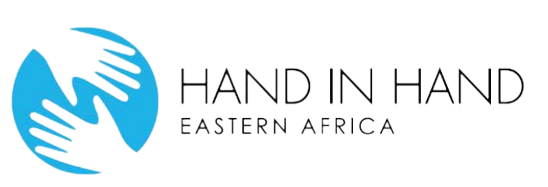
For centuries now, women have been protesting against gender-based discrimination and calling for changes to laws, customs, and social practices that hinders their development. Gender inequality denies women their voices, devalues their work and make women’s position unequal to men’s, from the household to the national and global levels. Globally no country has been able to achieve women economic equality with men, and women are still more likely than men to live in poverty.
In Kenya, girls and women hold unlimited potential; however, the potential is unexplored. Being largely a patriarchal society, gender disparity often manifests in the areas of decision making, opportunities in economic empowerment, access to credit, land ownership, gender based violence, jobs and promotions to senior positions among others. Despite the progressive laws and various affirmative actions in Kenya, the situation in most communities is often dire in regards to gender equality and equity where often women are the disadvantaged gender.
In responding to the situation, Hand in Hand Eastern Africa (HiHEA) has introduced a gender and advocacy program. The program has been created to address the growing concern on the need to ensure gender equality and equity issues are well centered and integrated across all its projects. Looking at the gender element of this department, globally, it has been argued that to successfully realize all the SDGs, gender equality must be one of the key considerations and must be achieved. In addressing the issues surrounding gender, the principles of gender equality and equity must both be considered. Understanding the relationship between gender and poverty alleviation is crucial to the overall effectiveness of any response initiatives. Any attempts to alleviate poverty especially through the job creation model have to bear in mind the different dynamics that apply to both women and men to ensure effective response.
Gender equality requires equal enjoyment of socially valued goods, opportunities, resources and rewards by women and men. This is because many a time when gender inequality exists, it is generally women who are excluded or disadvantaged in relation to decision-making and access to economic and social resources. Therefore, a critical aspect of promoting gender equality and equity is the empowerment of women, with a focus on identifying and redressing power imbalances and giving women more autonomy to manage their own lives. Achieving gender equality and equity requires women’s empowerment to ensure that decision-making at private and public levels, including access to resources are no longer weighted in men’s favour, and that both women and men can fully participate as equal partners in productive and reproductive life.
Currently, HiH-EA in-line with the principle of gender equity, 80% of its beneficiaries/members are normally women. Further, some of the projects are taking on an integrated Human Rights Based Approach that is seeking to analyze key issues cutting across economic empowerment from a rights based perspective. However while HIHEA based on the principle of gender equity might seem to favour women, that is not to mean that men are left behind or neglected. For the stability of any gender integration methodology, both men and women must be involved to effectively address the gender issues.
Among the key plans that are underway include integration of gender through the Gender action Learning System (GALS) methodology across all the projects, development of a gender strategy to guide in overall gender integration at both program and institutional levels as well as training staff on importance of gender mainstreaming and integration.
As a key element of this program, advocacy entails actions by individuals or groups that aims to influence decisions within political, economic, and social institution. In this regard HiH EA will mostly use a two model approach .In the first level, the community through the HiH EA members will be empowered to advocate for and hold their governments accountable on key issues through the grassroots advocacy model. At second level HiH EA will join key technical groups across county, national and international levels to collaborate, partner and build synergy with key partners to advocate at a wider level the key issues affecting their work. The goal of advocacy is to influence governmental policy, laws, decisions, budgets and plans as well as community mindsets in a bid to ensure sustainability of its work.

